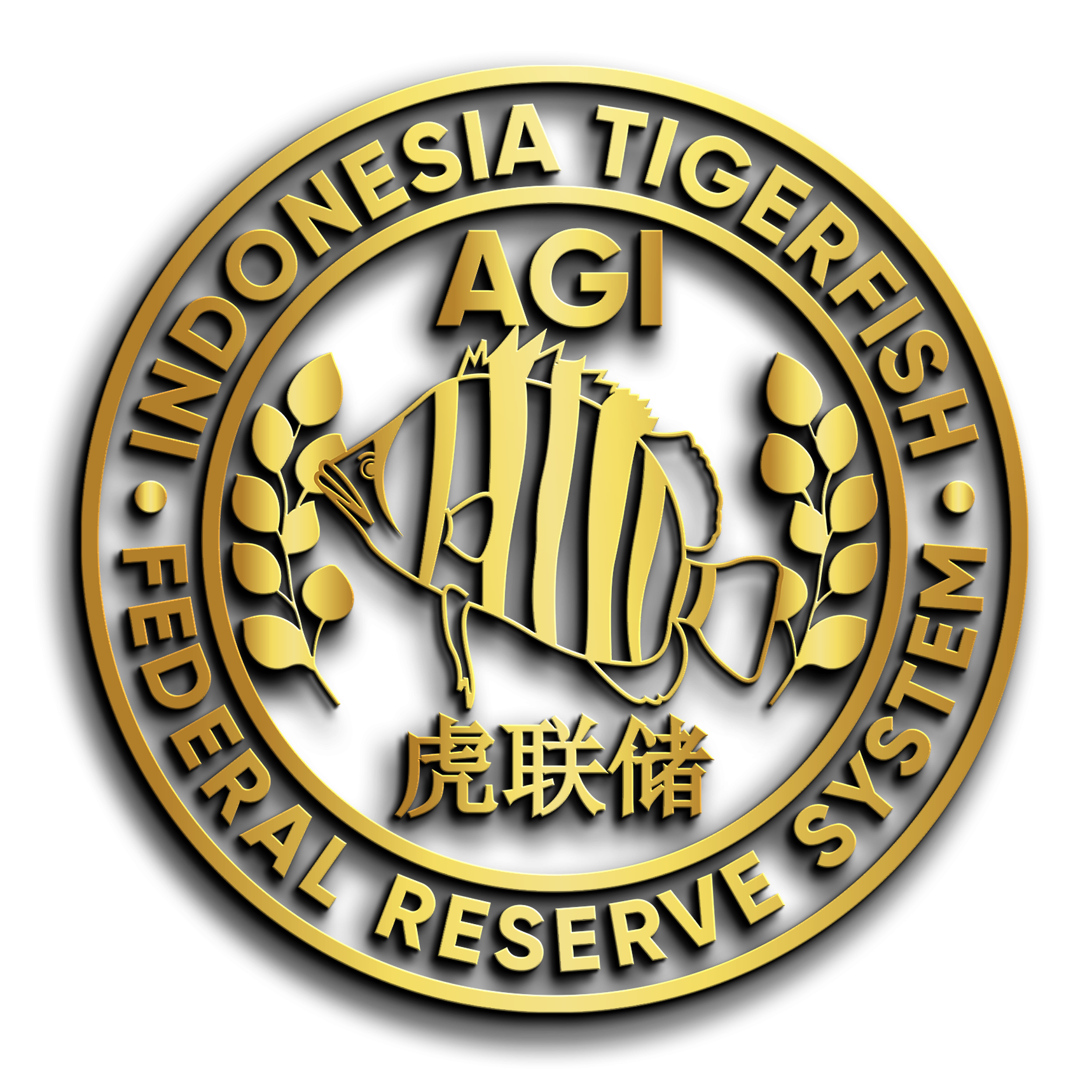Indonesia, with its vast archipelagic expanse and diverse ecosystems, stands as a global hub for ornamental fish biodiversity. The nation’s tropical climates, extensive freshwater rivers, and vibrant coral reefs provide an ideal environment for a multitude of unique and exotic fish species. This rich aquatic Indonesia heritage not only supports local communities but also positions Indonesia as a leading exporter in the global ornamental fish market.
Aquatic Indonesia Ornamental Fish Biodiversity
Indonesia is home to over 400 species of freshwater ornamental fish and approximately 650 marine species, making it a significant player in the global ornamental fish industry . The country’s diverse habitats, ranging from the clear waters of Sumatra and Borneo to the coral-rich seas of Papua, nurture a variety of fish species that are sought after worldwide.
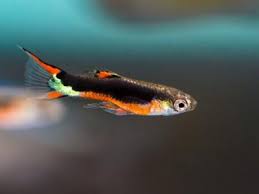
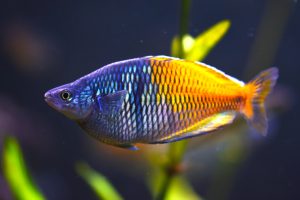
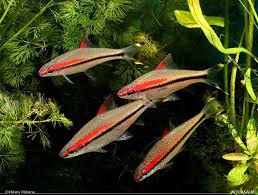
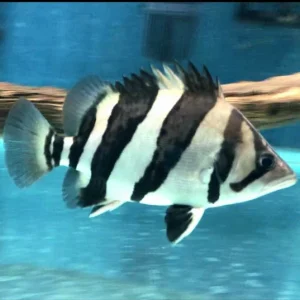
Among the most notable species of aquatic Indonesia is the Betta fish, renowned for its vibrant colors and elaborate fin structures. Native to Southeast Asia, including Indonesia, Betta fish have become a staple in aquariums globally.
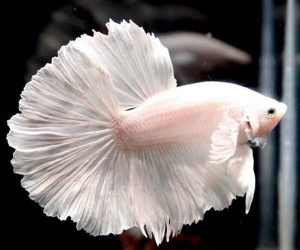
Similarly, the Arowana, often referred to as the “dragon fish,” is highly prized for its beauty and cultural significance, believed to bring good fortune.
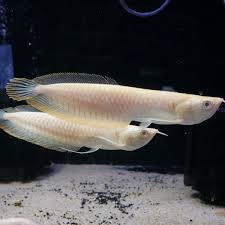
Notable species of aquatic Indonesia include the Clown Loach, known for its striking orange and black striped body, and the Tiger Barb, a small and active fish native to Indonesia and Borneo . These species, among others, contribute to Indonesia’s reputation as a biodiversity hotspot for ornamental fish.
Also noteworthy are the Rainbowfish from Papua, including Melanotaenia boesemani, which display subtle but striking color shifts depending on lighting and age. These fish are particularly favored in aquascaped tanks and have gained steady attention in specialty markets.
Beyond these, species such as Danios, Rasboras, and Gouramis fill out the broader export range, offering varied body shapes, color palettes, and temperament types.
Breeding Practices and Genetic Variation
Selective breeding is widely practiced across Indonesian farms, often with a focus on color clarity, fin symmetry, and behavioral consistency. Fish are bred not only to meet visual standards, but also for their ability to adjust to changes in water conditions and to handle transportation well.
For importers, this means access to fish that are both visually consistent and more likely to arrive in good condition—though outcomes still depend heavily on post-breeding care and shipping practices.
The availability of color morphs, such as albino or long-fin versions of well-known species, reflects how breeding programs respond to international trends. However, access to wild bloodlines still plays a role in maintaining healthy genetic diversity, particularly in species that have been exported for decades.
Shipping and Handling for Export
Live fish transport presents specific challenges, particularly when species are sensitive to temperature or water chemistry. Indonesian exporters typically follow standardized packing protocols, including oxygenated double bags and insulated containers. In many cases, fish are fasted and conditioned before shipment to reduce waste buildup during transit.
Documentation for export—health certificates, invoices, and species declarations—is usually handled in accordance with destination country requirements. This process has matured over time, especially for exports to Europe and North America.
While shipping outcomes can vary due to logistics, seasonal temperatures, or handling at arrival points, many importers report stable arrival rates when working with experienced exporters and clearly defined packing lists.
Looking for a Consistent Export Partner?
Among the exporters operating in this sector, THE TIGER FED Indonesia has developed a reputation for consistency and a focus on freshwater species. Working with local breeders across Java and Sumatra, the company supplies a variety of fish suited for commercial retail and specialized distribution.
Their approach centers on careful selection, clear communication on stock availability, and attention to packing quality. While species offerings may vary with season and breeding cycles, the company maintains a reliable workflow for regular orders.
For businesses looking for structured shipments and curated species mixes, THE TIGER FED Indonesia has positioned itself as a steady participant in the ornamental fish export trade.
Indonesia’s freshwater ornamental fish sector continues to provide a broad selection of species with lasting market relevance. From widely distributed varieties like Betta and Tiger Barb to regional species such as the Clown Loach and Rainbowfish, the range reflects both natural diversity and selective breeding developments.
For importers, this diversity offers flexibility in product lines, with options for both volume-oriented sales and more curated selections. While the trade landscape is evolving, the underlying biodiversity remains a key strength of what Indonesia contributes to the global ornamental fish industry.
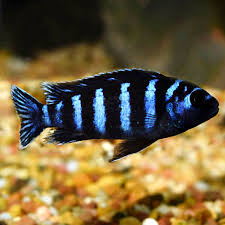
Aquatic Indonesia – Image sources, credit: liveaquaria, fishly, aquariumcentral, predatoryfins, seriouslyfish, freshnmarine, fishipedia, handpickedaquatics
